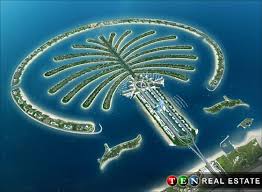Everyone who is no stranger to me definitely knows that I’m quite a big fan of skyscraper, not mainly because it is tall, but its presence that dominates the surrounding built environment and symbolises a vision of reaching up to the sky. Recently, it seems that I had abandoned my habit of loving skyscrapers due to busy days with typical architecture of modern houses and public buildings of multi-purpose.
Hence, it’s time to get back a little bit to skyscraper on this blog once again. Skyscraper rules!
There is actually no clear or exact definition of ‘skyscraper’. Defining the word is quite subjective. Everyone will refer it to as structure that is tall (but how tall it should be to be classified as skyscraper???) Arguments and debates came here, which involved many parties and corporations like Council on Tall Buildings and Urban Habitat (CTBUH – responsible mainly in listing official world tallest buildings list), Emporis Standards Committee, etc.
Most cities define the term ‘skyscraper’ empirically. Hence, even a building of only 80 metres tall can be considered a skyscraper if it protrudes above the existing built environment and changes the overall skyline.
The word “skyscraper” originally was a nautical term referring to a small triangular sail set above the skysail on a sailing ship. The term was first applied to buildings in the late 19th century as a result of public amazement at the tall buildings being built in Chicago and New York City. The first skyscraper was for many years thought to be the Home Insurance Building built in Chicago, Illinois in 1885. More recent arguments point to New York’s seven floor Equitable Life Assurance Building built in 1870 and it was arguably the first office building built using a kind of skeletal frame but it depends on what factors are chosen and even the scholars making the argument find it academic.
The structural definition of the word skyscraper was refined later by architectural historians, based on engineering developments of the 1880s that had enabled construction of tall multi-storey buildings. This definition was based on the steel skeleton—-as opposed to constructions of load-bearing masonry, which passed their practical limit in 1891 with Chicago’s Monadnock Building. The steel frame developed in stages of increasing self-sufficiency, with several buildings in Chicago and New York advancing the technology that allowed the steel frame to carry a building on its own. Today, however, many of the tallest skyscrapers are built almost entirely with reinforced concrete.
A loose convention in the United States and Europe now draws the lower limit of a skyscraper at 150 meters (~500 ft) .A skyscraper taller than 300 meters (~1000 ft) may be referred to as supertall. Shorter buildings are still sometimes referred to as skyscrapers if they appear to dominate their surroundings.
The somewhat arbitrary term skyscraper should not be confused with the also ill-defined term high-rise. The Emporis Standards Committee defines a high-rise building as “a multi-story structure between 35-100 meters tall, or a building of unknown height from 12-39 floors” and a skyscraper as “a multi-story building whose architectural height is at least 100 meters.” Some structural engineers define a highrise as any vertical construction for which wind is a more significant load factor than earthquake or weight. Note that this criterion fits not only high rises but some other tall structures, such as towers.
The word skyscraper often carries a connotation of pride and achievement. The skyscraper, in name and social function, is a modern expression of the age-old symbol of the world center or axis mundi: a pillar that connects earth to heaven and the four compass directions to one another.
Competition for taller buildings, and even race for the tallest began on the West, from cities of skyscrapers’ birth (Chicago and New York City) as early as from 1900s till 1990s for almost a century. However, the geographical domination ended when Petronas Twin Towers (Kuala Lumpur, Malaysia) were built in 1998 as world tallest buildings, marking the beginning of Asia reign in world tallest (next tallest was then Taipei 101 and finally current world tallest, Burj Khalifa, Dubai).
This geographical transition is accompanied by a change in approach to skyscraper design. For much of the twentieth century large buildings took the form of simple geometrical shapes. This reflected the “international style” or modernist philosophy shaped by Bauhaus architects early in the century. The last of these, the Willis Tower and World Trade Center towers in New York, erected in the 1970s, reflect the philosophy. Tastes shifted in the decade which followed, and new skyscrapers began to exhibit postmodernist influences. This approach to design avails itself of historical elements, often adapted and re-interpreted, in creating technologically modern structures. The Petronas Twin Towers recall Asian pagoda architecture and Islamic geometric principles. Taipei 101 likewise reflects the pagoda tradition as it incorporates ancient motifs such as the ruyi symbol. The Burj Khalifa draws inspiration from traditional Arabic art and flower. Architects in recent years have sought to create structures that would not appear equally at home if set in any part of the world, but that reflect the culture thriving in the spot where they stand.
Last picture of the post; I love this! Very inspiring!



![Skyscraper[9]](https://vincentloy.wordpress.com/wp-content/uploads/2010/09/skyscraper9.jpg?w=584)








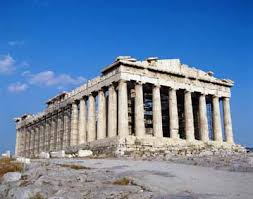



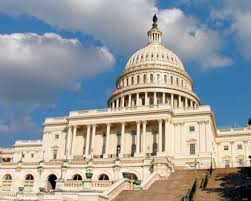





















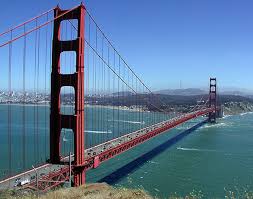



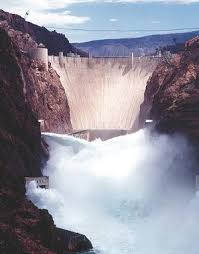






















.svg.png)


